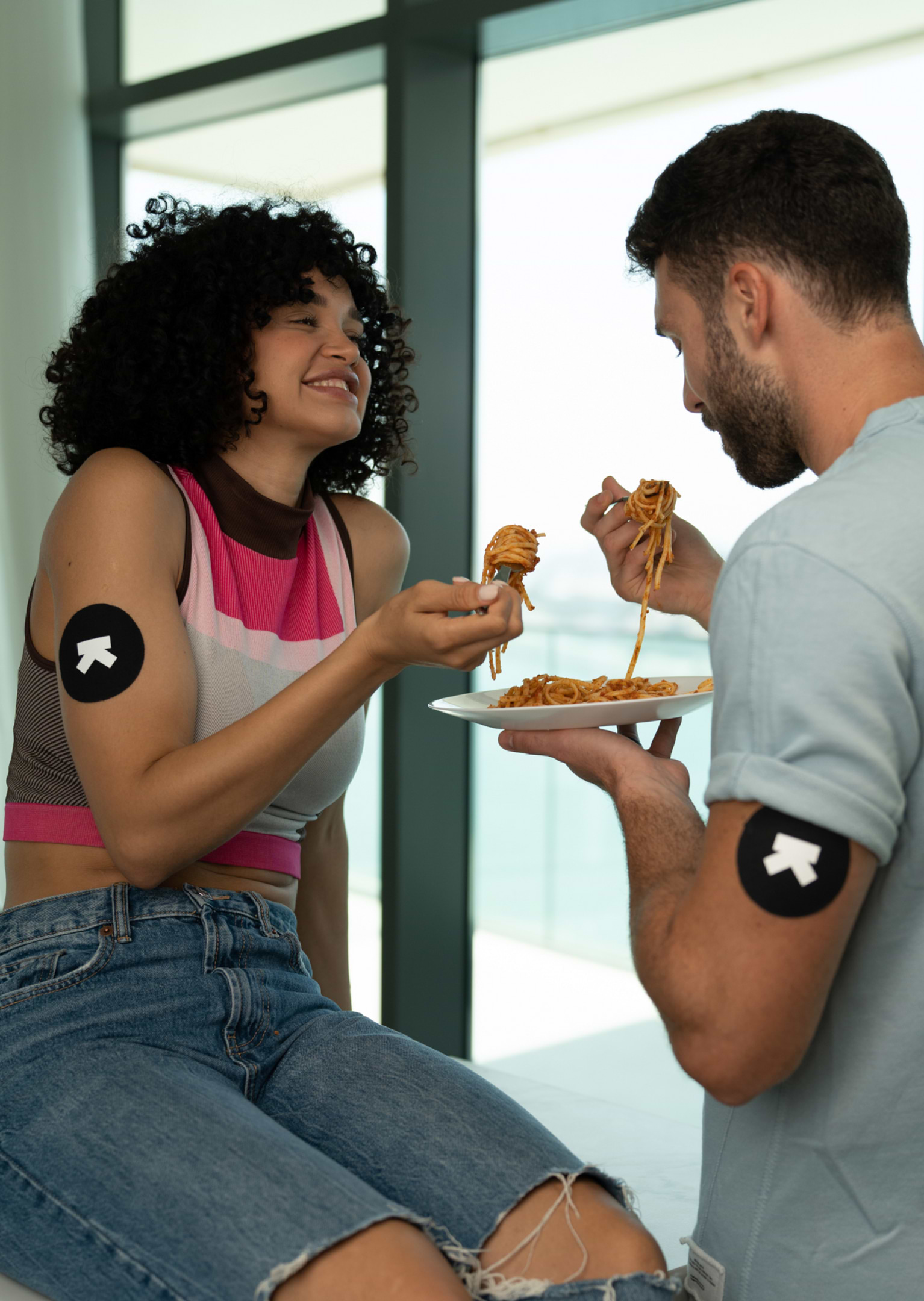
Sambar (1 Cup) and Cooked Rice (1 Cup, Cooked)
Lunch
159 mg/dL
avg. peak value
Usually causes a large spike
Avg. Food Score on Ultrahuman App
Ultrahuman Users got an UNSTABLE response
How to consume Cooked Rice, Sambar without glucose spikes
Monitor Portion Sizes
Reduce the quantity of rice you consume to help manage your body's glucose response. Smaller portions can lead to smaller spikes.
Add Fiber-Rich Vegetables
Include vegetables like broccoli, spinach, or bell peppers in your meal. These can slow down the absorption of carbohydrates.
Incorporate Lean Proteins
Adding proteins such as grilled chicken, tofu, or lentils can help mitigate glucose spikes by slowing down digestion.
Choose Whole Grains
Opt for whole grain or brown rice instead of white rice, as they are processed more slowly by the body.
Include Healthy Fats
Add healthy fats like avocado, nuts, or olive oil to your meal to help reduce the rate of glucose absorption.
Stay Hydrated
Drinking water before and during your meal can aid digestion and help manage blood sugar levels.
Mindful Eating
Eat slowly and chew thoroughly. This practice can help you better regulate your intake and digestion.
Add Cinnamon
Sprinkle some cinnamon on your meal. It has been suggested to help improve insulin sensitivity.
Physical Activity
Engage in a short walk or light exercise after eating to help your body use up the glucose more effectively.
Consistent Meal Timing
Eating at regular intervals can help keep your blood sugar levels steady throughout the day.

Find Glucose response for your favourite foods
Explore OGDbDiscover
metabolic
health with M1
Ultrahuman M1 helps you measure the impact of food and activity on your body in real time through glucose as a biomarker.
Explore Ultrahuman M1Your cart is empty
Browse through our products and find something for you.

The concept of using CGM to guide your training and food plan is brilliant. The app is also very well laid out.
Rakannan - user since Jul 2021

I didn't follow any fancy diet, yet managed to educate myself around food, and built a sustainable & healthy lifestyle.
Athif Hasan - user since Sep 2021

Ultrahuman M1 has done what meal plans and diets have failed to do; make me better without all the restrictions.
Anwar Shai - user since Jun 2021
10% off on your first purchase
Subscribe to our WhatsApp for the latest updates and offers, and enjoy 10% off on your first purchase.